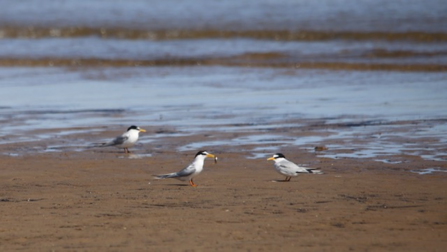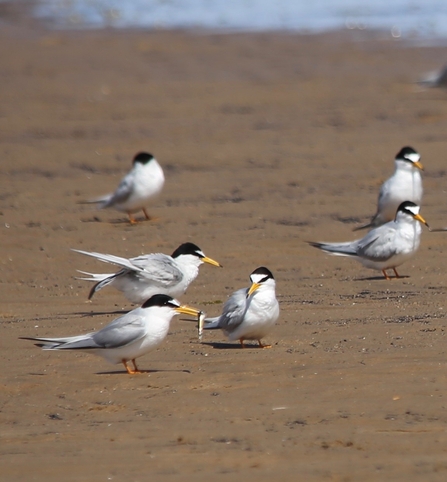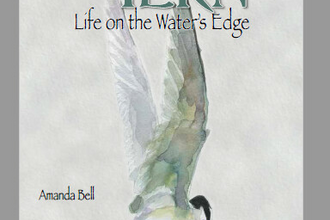The Seaton Carew little tern site is one of a number of SeaScapes projects spanning the Tyne to Tees coastline which has been funded in part via the National Lottery Heritage Fund. Planning for the 2022 season started as soon as the season ended last year and took on board the successes and lessons learnt from the 2021 project.
This year, Hartlepool council coordinated the construction and delivery of a fence made up of chestnut paling. This robust and impressive fence was installed at the site in May with significant help from volunteers from Durham Wildlife Trust as well as the local community. The successful completion of the fence secured the perimeter of the site just in time for the first arrival of the little terns in May.
The investment and planning which has gone into this project is clear to anyone who has visited the site and we have received overwhelming support and appreciation from the general public. If, after reading this, you would like to know more or even visit the site, then look out for the bespoke egg-shaped information signs that adorn the promenade and nest site fence. They will tell you everything you want to know about the terns. We will be delighted to see you there…..you may even be motivated to join our team of volunteers. You’ll find us on the promenade, conveniently adjacent to the Seaton Beach car and coach park – TS25 1DD in your sat nav.
Before I go on, I’d like to place on record my thanks and appreciation to Seascapes and Hartlepool Council, for their contribution and commitment to the little terns, ensuring that they have the best possible start to the season.
OK – ……….so what’s the current situation?
The little terns began to arrive from their home in West Africa in small numbers in early May and have grown steadily in number since then, reaching our current total of circa. 80 birds. Many visitors to the site have been fortunate to observe the birds performing their courtship routines involving parallel flying and tempting partners with tasty sand eels…….clearly the way to a birds heart is via its stomach! While most of the little terns have now formed pairs, courtship can still occasionally be observed amongst late arrivals or those who failed to ‘score’ first time around. Yep – I know that feeling.





